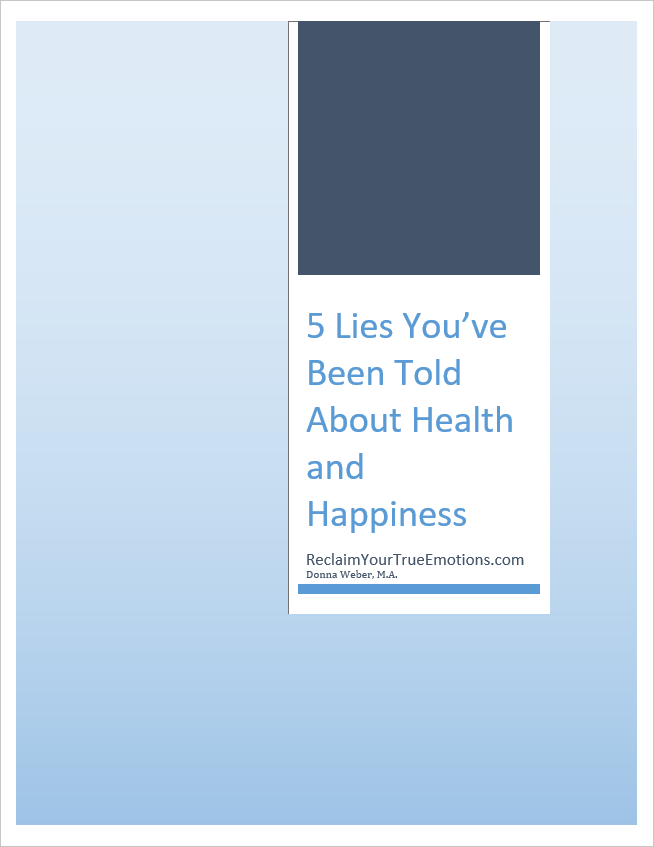Most people believe they know the source of their emotions.
We make a lot of assumptions about emotions. We have bought into the prevailing beliefs of our culture.
But, how many of you have explored your emotions to discover if your assumptions are true? If your assumptions are not true you may be missing out on an opportunity to let go of a limiting emotion and create the life you dream about.
Are you willing to challenge your assumptions?
Four prevailing beliefs about emotions
There are four beliefs about emotions that people in western culture share.
- Our emotions are created by our thoughts. If we think happy thoughts we will feel happy emotions and if we think angry thoughts we will feel angry.
- We base our thoughts on what is going on around us. If we are upset then something in our world is responsible.
- Our emotions are true and accurate. If we are in touch with our emotions we want them to be true. Doubting an emotion is uncomfortable.
- If we want to change our emotions we try changing our thoughts.
A bigger view of emotions
The prevailing view of emotions is true but it is not the only truth. Sometimes our emotions are caused by thoughts.
It is also true that thoughts are caused by emotions. How does this work?
Many of us are still holding onto negative memories and emotions from the past. Any emotion may be from the past. This happens more often than you think.
Here is an example
A client, Bob (not his real name), was struggling with his boss. Bob felt that his boss did not respect him and believed that Bob couldn’t do the simplest task without close supervision. Bob felt angry and upset.
When Bob explored his emotions and looked deeper into the root of his problem, he discovered something different. Bob’s boss and his father share some important behaviors. Bob realized that he is still angry with his father for treating him like he was stupid.
Whenever Bob’s boss reminds him of his father he feels all that old anger and upset. Until Bob explored his emotion, this connection was outside his conscious awareness.
Theories from psychology
If you have ever studied introductory psychology, you might remember learning about Pavlov and his experiments with dogs.
Pavlov discovered that the dogs in his experiment learned to salivate when they heard the bell announcing feeding time. They would salivate even before they could smell or see the food. This is called classical conditioning.
Humans are a lot like Pavlov’s dogs. Whenever something reminds us of a past event (pleasant or unpleasant), we experience all the emotions associated with the past event. We can think of these as triggers or anchors.
How can we tell what kind of emotion we are feeling?
You can’t and here is why:
- Emotions based on current thoughts feel exactly the same as emotions from the past.
- The old emotion is triggered outside of our conscious awareness. You don’t need to get the memory to feel the emotion.
- Triggering an emotion from the past happens quick – in less than half a second. Once an emotion is triggered, our conscious mind has to make sense of the emotion. Most of the time we decide that our emotion is based on something in our world – our boss, our sister, our best friend.
So, what do we do?
Releasing the past
Are you absolutely sure you know what is causing all of your emotions? If not, try the poetry of emotions process to release the past. True emotions can help you improve every area of your life.
To read more…(Image: digital_image-fan @ Flickr http://www.flickr.com/photos/the_colmans/3289242438/)



